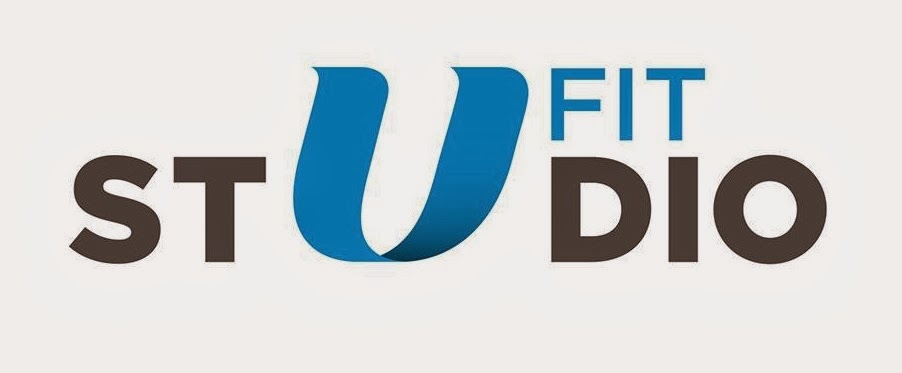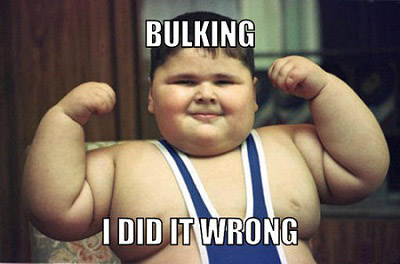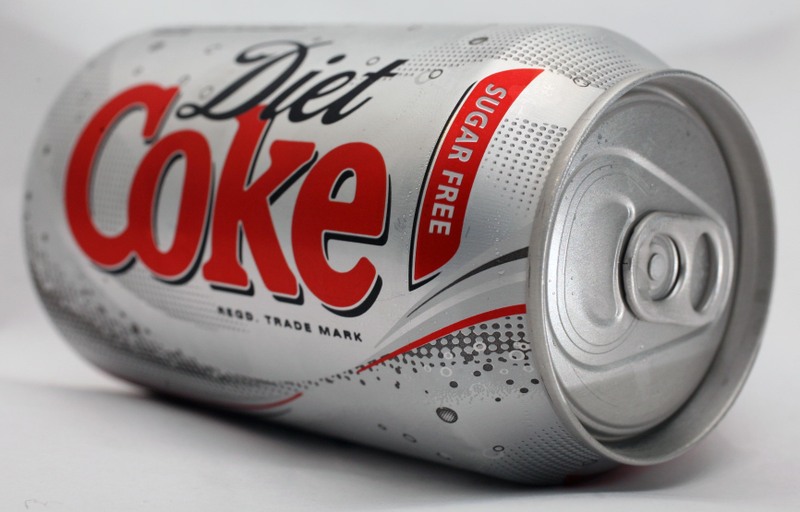First take a system, let's use the human body as an example. In order to reduce the amount of stored energy within the system - the fat - the amount of energy leaving the system needs to exceed the amount of energy going in. In practical terms this means the amount of calories entering the body through the digestive system needs to be less than the amount of calories used in the same period of time.
If you stick to this principle you will lose weight. However, I said it was simple, not easy.
.
There are a number of variables to consider such as;
- Resting metabolic rate (the amount of energy you use while resting),
- Energy used exercising (both during and after exercise)
- The energy cost of digestion (Some foods are harder to digest than others)
- The type of exercise (Aerobic/Interval/Resistance)
- Hormones
- Ensuring the retention or increase of muscle mass
- Maintaining a manageable lifestyle
- Gender
All of these variables affect the 'system' in different ways. One of the most common complaints is one coming from those on a low calorie diet, such as those promoted by these people. They start well but then plateau.

Here's the problem:
In the beginning reducing calorie intake works, the energy intake decreases and so as a result the stored energy decreases in a similar fashion. BUT the human body is a self regulating system hard-wired for survival. When it's energy stores dwindle from reduced intake, it slows down the rate of work, offsetting the loss. Achieving a balance. This is what's referred to as a reduction in metabolic rate.
So now what?
You go back to the diet meeting and are advised that you should exercise. This will increase the amount of energy lost by the system and will create a deficit like before. But as expected, the human body fights back further, slowing down even more. Only this time it is getting serious, energy is having to be withdrawn from systems such as the immune system. Disposable energy levels are low, leaving the body tired and prone to sickness.
Simply put the attitude is wrong.
The goal of losing weight is not one that should be used lightly, sometimes it is necessary but rarely. The actual goal is to lose fat. To alter the body composition to a more healthy state. Last time I checked starving yourself was not healthy.
The effects of a chronic low calorie diet are as follows:
- Reduced thyroid function, meaning a reduction in the willingness of your body to use energy eaten. (Reduced metabolic rate)
- Reduced testosterone, which means less muscle mass. (Reduced metabolic rate)
- Increased hunger (either more suffering or more energy in)
The best way to go about altering your body composition is to fuel your body with enough of the right foods so your body composition changes to an athletic and healthy physique, not to starve yourself to a desired weight.
So go on eat something!

References
Fontana L, Klein S, Holloszy JO, Premachandra BN. (2006). Effect of long-term calorie restriction with adequate protein and micronutrients on thyroid hormones. Journal of Clinical Endocrinology and metabolism. 91 (8), p3232-3235.
Cangemi R, Friedmann AJ, Holloszy JO, Fontana L. (2010). Long-term effects of calorie restriction on serum sex-hormone concentrations in men. Aging Cell. 9 (2), p236-242.
Chan JL, Heist K, DePaoli AM, Veldhuis JD, Mantzoros CS. (2003). The role of falling leptin levels in the neuroendocrine and metabolic adaptation to short-term starvation in healthy men. Journal of Clinical Investigation. 111 (9), p1409-1421.











